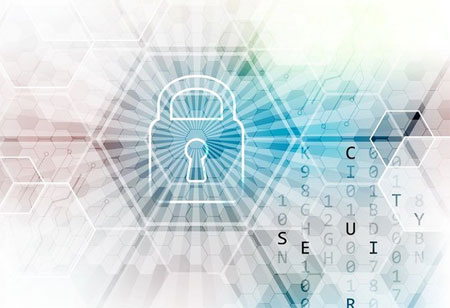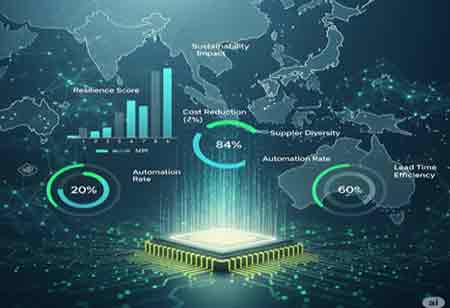THANK YOU FOR SUBSCRIBING
Zero Trust- The Contemporary Security Modernist for the Digital Age
Conventional security models operate on the assumption that everything inside the organization can be trusted, but in reality, insider threats can occur at any time.

By
Apac CIOOutlook | Friday, June 14, 2019
Stay ahead of the industry with exclusive feature stories on the top companies, expert insights and the latest news delivered straight to your inbox. Subscribe today.
FREMONT, CA: Cybersecurity threats are becoming a regular struggle for enterprises. Recent trends show a massive increase in data breaches becoming common in workplaces. The statistics compiled by TechJury says the global cost of online crime is expected to reach $6 trillion by 2021, which shows the enormous growth of threat landscape. But businesses who want to reliably prevent the exfiltration of critical data and enhance their ability to defend against modern cyber attacks can consider a Zero trust architecture.
Conventional security models operate on the assumption that everything inside the organization can be trusted, but in reality, insider threats can occur at any time. To stop this increased attack sophistication, new security measures need to be taken to prevent the spread. As traditional models are designed to protect the network perimeter, threats that appear inside are left invisible.
Zero trusts, rooted in the principle of 'never trust, always verify' is tailored to address lateral threat movement within the network by leveraging micro-segmentation and granular perimeters enforcement, which is done based on user data and location. Lateral movements are different techniques that attackers use to sift through a network in search of sensitive assets and data. In most times, the point of infiltration of an attack is not the target location, thus stopping lateral movement is so important. Zero trust can be utilized to gain visibility and context for all traffic, across all users, devices, locations, and applications. Multi-factor authentication is also a core value of zero trust security. It requires more than one piece of evidence to authenticate a user. In addition to control of user access, aero trust architecture requires strict controls on-device access. It needs to inspect the number of devices trying to access the network and ensure that every device is trustworthy.
A zero trust approach reduces time spent achieving false positives and increases productivity, both among security teams and the workers accessing the network from anywhere through any device. Several enterprise IT shops are already doing many pieces of zero trust. Yet, developing a zero trust environment is not merely about implementing the above individual technologies.
See Also : Zero Trust Security Solutions Companies





